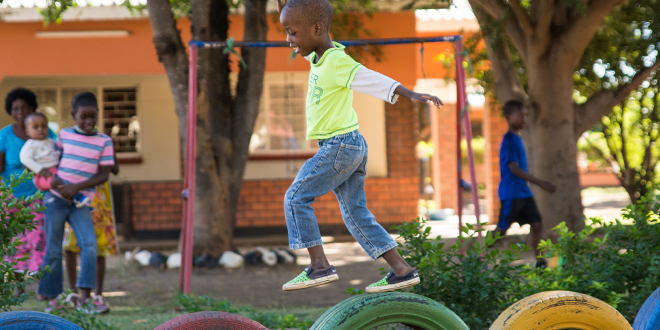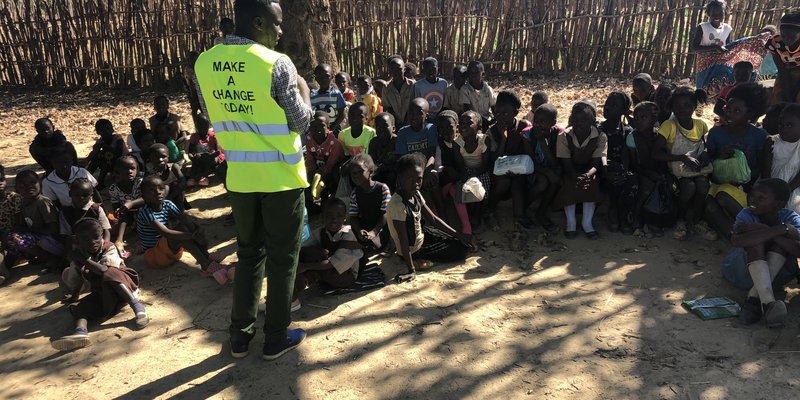Zambia
Zambia is a country with more than 70 different ethnic groups and about the same number of languages. In 2021, 43% of the population was under the age of 15. More than 60% of the population is considered poor.
In Zambia, many families have limited resources to provide their children with the basic care they need. The rapid urbanization in the country has created major problems in the form of unemployment, housing shortages and growing slums. At the same time, rural areas have lost important labor. The migration to the cities has torn apart the traditional social safety nets, where families help each other. More than half of the population lives on less than $2 per day according to the WHO and poverty is widespread. In Zambia, we support a children's village/crisis center where abandoned children can come. We also work with advocacy and work for transformation concerning the high alcohol consumption among both children and adults in the Mpongwe area, in the northern part of the country. The main reasons why children are abandoned are poverty, drug abuse and mental illness.

The children's village Nakatindi, a place to call home
In Zambia, we support a home for abandoned and orphaned babies and children. We want to be a voice for children in vulnerability and strive for long-term lasting changes. We do this, among other things, by offering children protection, education, and health care.

Advocacy and work for transformation
Alcohol abuse among children and adults in Mpongwe is high and our partner works to spread knowledge about the devastating consequences of alcohol. The children get sick and learn to use alcohol at an early age.

